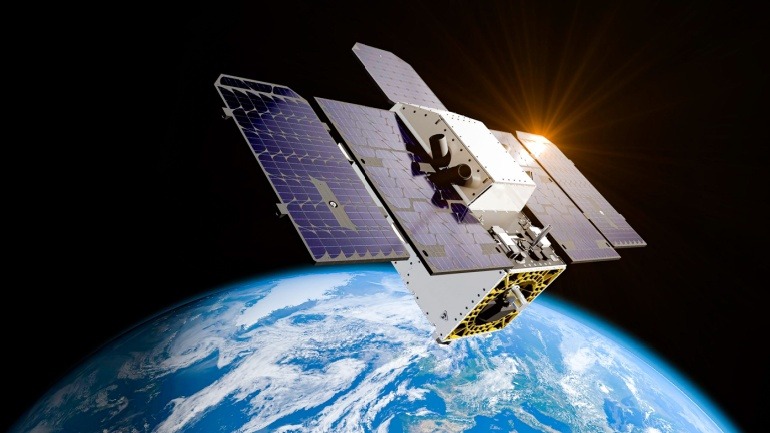In an innovative leap towards enhancing stratospheric telecommunications, Japanese telecom giant SoftBank successfully tested the “Sunglider” aircraft, developed for its High Altitude Platform Station (HAPS) program. Collaborating with AeroVironment and the U.S. Department of Defense (DoD), the trial took place in New Mexico in early August. The aircraft achieved a stratospheric flight, marking a significant milestone for the project.
The Sunglider, a solar-powered uncrewed aircraft system (UAS), boasts an impressive wingspan of 78 meters, enabling it to carry payloads weighing up to 75 kilograms. This makes it larger than other similar HAPS aircraft. SoftBank emphasizes this as an improved version, citing notable structural and functional enhancements that promise better performance.
During the trial, the Sunglider showcased its capabilities by successfully conducting a multi-payload flight to satisfy the DoD’s stringent requirements. The data and insights gained from the trial are poised to play a crucial role in future aircraft development, furthering the performance and operational capacities of the Sunglider. Junichi Miyakawa, president and CEO of SoftBank, remarked on the field trial’s success, affirming the Sunglider’s immense potential in delivering high-speed, high-capacity, and high-quality communications from the stratosphere.
The Sunglider aims to be instrumental in providing stable communications through its large-scale aircraft platform, enhancing services standardization, development, and enabling long-duration flights along with optical wireless communication. Miyakawa underlined that the insights drawn from these trials will catalyze their commercialization efforts for HAPS.
This advancement is part of SoftBank’s broader strategy initiated in 2017, aiming to establish itself as a pioneer in HAPS-based services. The company envisions using this technology not only for communication advancements but also to offer emergency communication services during crises and address various societal challenges.







